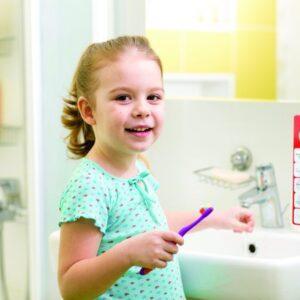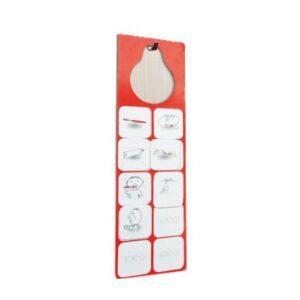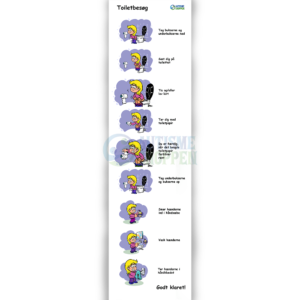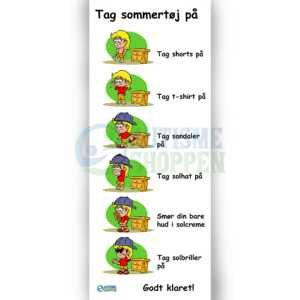Why is the use of training pictograms important?
Children with autism often struggle with even simple daily tasks, such as going to bed, simply because they can be too confusing with too many steps or details. Because autistic people need to do things one step at a time and have an overview of what’s going on, they often get stuck at the prospect of having to navigate through a task themselves. This can be due to too many things to deal with. It can also be due to uncertainty about the outcome, execution or completion of the task.
However, most people can be helped by creating pictograms that illustrate how to get through step-by-step. This allows them to see the job from start to finish and get an overview. Plus, they can focus on one step at a time without fear of doing something wrong or skipping steps.
The Go to bed for boys with autism training pictograms series is a specially developed aid that visually guides boys with autism through the bedtime routine. You’re reminded to change out of your clothes into nightwear and get into bed. It also prepares you for the fact that sleep is just around the corner, which is essential to successfully getting a child with autism to sleep.
The Go to bed training pictograms are beautifully illustrated and help boys with autism to focus by showing only a bed and a bedside table and using a boy as a character. Since the pictograms come with Danish texts, boys benefit from the extra explanation, as well as the opportunity to strengthen their language by connecting images and words.
The Go to bed for boys with autism training pictograms series is available in the following versions: laminated thick paper with Velcro hook or loop.
Pictograms printed on laminated thick paper are a very durable and resistant solution when used correctly.
The Go to bed training pictograms consist of 5 images, which are also available as stand-alone pictograms. Individual pictograms included in the training series are primarily used to customize the order in which the pictograms are displayed or the number of pictograms presented to the child simultaneously.



 Køb dette produkt og optjen
Køb dette produkt og optjen 






